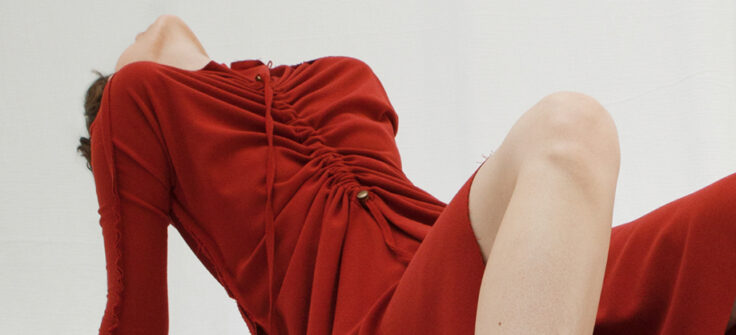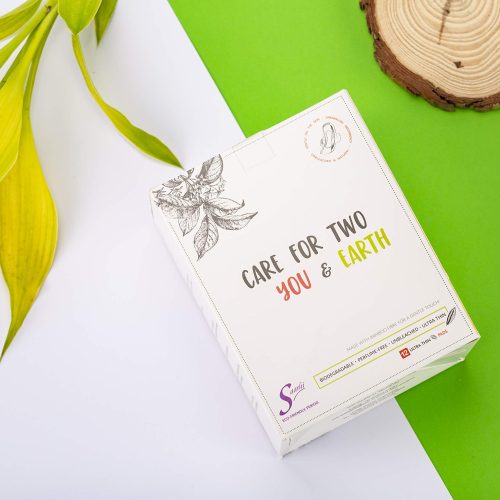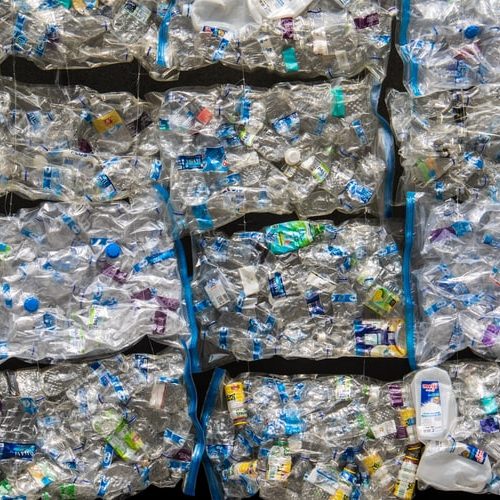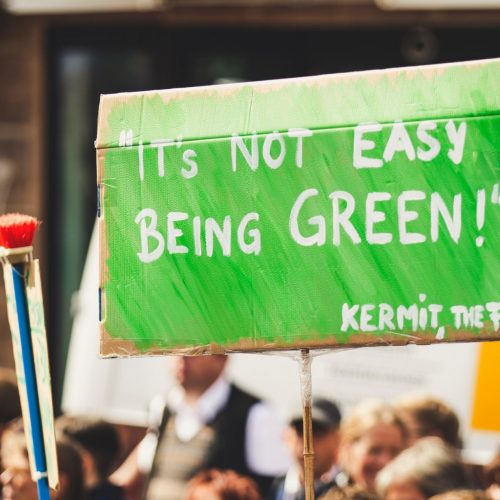With luxury brands presenting up to six collections a year, and high-street brands constantly delivering new clothes to keep up with the changing trends, we’ve all grown used to going on shopping sprees every season, without realising the environmental damage we’re perpetuating.
Slaying an outfit might be important, but the cost of it is high. With the fashion industry generating more greenhouse gas emissions than all international flights and maritime shipping combined, the pressure to reduce costs and manufacturing time has led to a critical rise in environmental and humanitarian issues.
Thankfully, an increasing number of sustainability-minded labels are combining both style and ethics—and Parisian-label Basscoutur is one of them. Creating new pieces out of old and discarded clothes, 40-year-old French-Tunisian founder Riadh Trabelsi is committed to designing upcycled collections only.
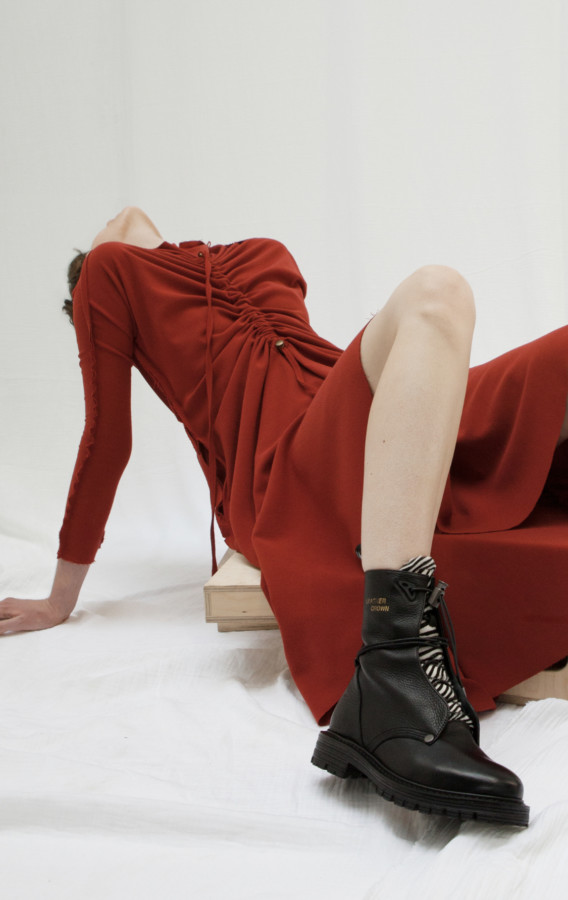
The concept behind Basscoutur was founded in 2008, but a couple of years ago Trabelsi decided to put all of her focus in to the brand. “In 2017, I collaborated with the young anti-fashion label Nïuku, reusing recycled pieces I had in my workshop in Tunis”, he says before adding, “the Japanese market really loved it, everything was sold out in one day. That’s how Basscoutur was really born”.
Following his explicit mantra “RECYCLE, RETHINK, REDESIGN”, Trabelsi buys wholesale used clothes and fabric from around the world and deconstructs them in to fresh new designs.
We caught up with Trabelsi to find out how fashion can be both responsible and innovative, and how upcycling is the future of fashion.
Why did you decide to make your brand, Basscoutur?
Despite being passionate about haute couture and designers like Vionnet and the Callot sisters, this repetitive and polluting industry has led me to dig for inspiration on the streets. It became obvious to me that I should reuse the excesses that already existed. That’s how the idea came about. Even though I’m not doing anything new (Jean Paul Gaultier and Margiela did it before) I want to reconstruct an identity that’s the opposite of abundance and consumption. But also keeping in mind that my clothes have to be wearable. “Bass” (meaning low in French) came to me like this line of bass that we feel, you know? “Basscoutur” is an answer to the excesses of haute (meaning high in French) couture.
How do you actually apply your slogan “RECYCLE, RETHINK, REDESIGN” in your creation process?Whatever I do, I need to always think about alternatives, so I don’t trap myself. Fashion is an art first and foremost. It has to be free, crazy and explosive. But, it’s final goal is consumption; “end in a dust bag” like Armani said. I always try to think about different propositions and recycling techniques, while staying free in my industrial and distribution processes.
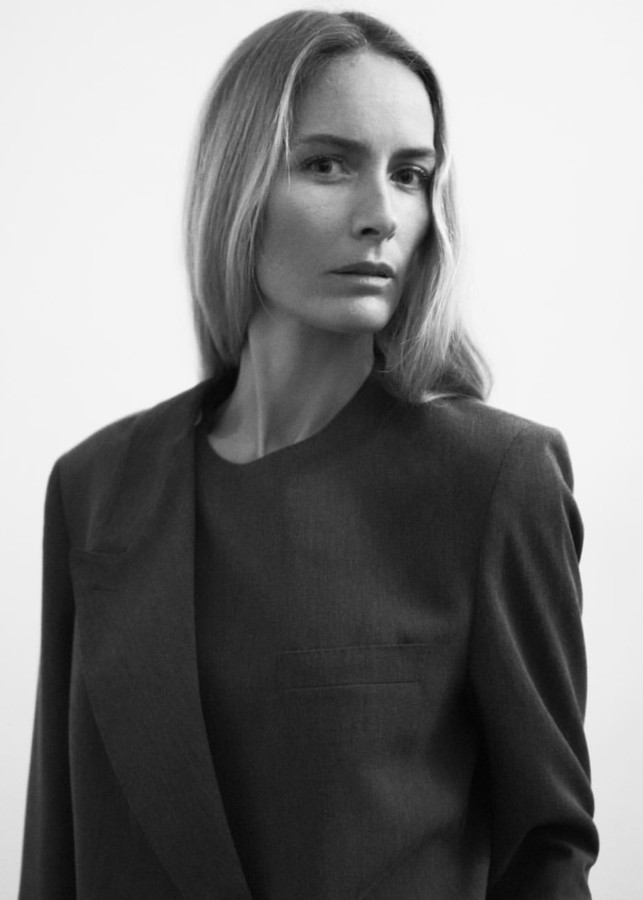
What are your thoughts on the current state of the fashion industry?
I think that we are at the dawn of a huge change, because big fashion brands that do fast fashion are starting to promote a sustainable message and principles around upcycling. We’ve reached a time where we’re all just observing how the industry has pushed it too far. Until two seasons ago, big houses were burning their stock! We don’t have a choice anymore; we need to rethink our economy.
You’ve collaborated with some big sportswear brands like Adidas and Reebok. How receptive are they to your message?
The first collaboration with Adidas came out of our work with Nïuku. The idea was to use vintage Adidas pieces and give them a contemporary makeover. I think that this recycling “movement” is possible with any brand, because all of them have huge amounts of stock that isn’t used. There’s no limit. But it’s true that the manufacturing realities of the industry isn’t easy to challenge.
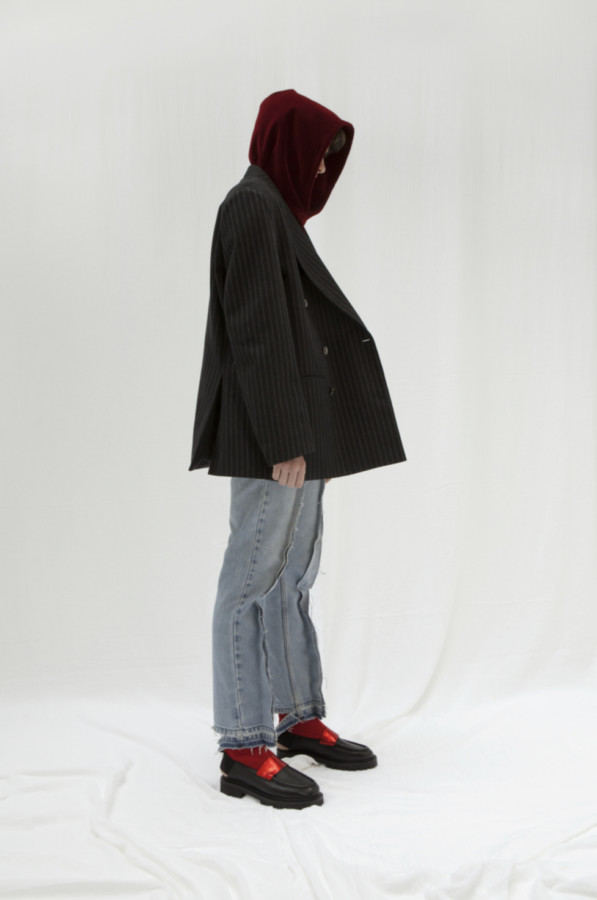
We’ve witnessed a huge rise of streetwear in fashion over the last few years. What does comfort look like for Basscoutur?
I think that at the moment, fashion flirts with a Galliano dress before Dior and a 1940s jumpsuit from the French army, and a hoodie from HUBU. That’s comfort to me – the feeling of wearing a hoodie and a cocktail dress.
What’s next?
I’m presenting my first men and women’s collection in January 2019 on the official schedule of the Féderation de la Chambre Syndicale de la Mode et de la Couture in Paris. I’m collaborating with the new football club Red Star, preparing a second upcycling collection, putting a spotlight on the relationship between football, fashion and recycling. I’ll have a workshop at the photography festival of Arles in April and I plan to create furniture too. I want to continue targeting the Asian market and show my pieces in Tunis, inshallah!





